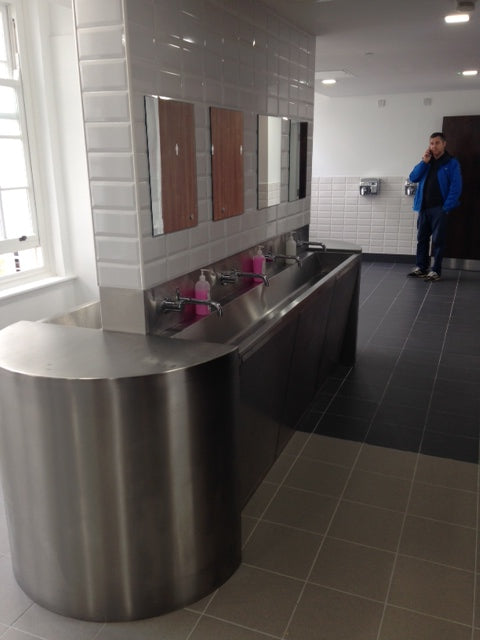Hygiene and sanitation are of utmost importance in washroom facilities for several reasons:
1. Health and Safety: Proper hygiene and sanitation practices in washrooms help prevent the spread of diseases and infections. Clean and well-maintained facilities reduce the risk of bacterial or viral contamination, protecting the health and safety of users.
2. User Experience: Maintaining a clean and hygienic washroom creates a positive user experience. It promotes comfort, satisfaction, and a sense of well-being for individuals using the facilities.
3. Image and Reputation: The cleanliness and sanitation of washroom facilities reflect on the overall image and reputation of a business or establishment. A well-maintained washroom demonstrates a commitment to customer or employee well-being and professionalism.
4. Compliance with Regulations: Many jurisdictions have specific regulations and standards in place regarding hygiene and sanitation in public washrooms. Adhering to these regulations ensures legal compliance and avoids potential penalties or legal issues.
5. Employee Productivity: Clean and hygienic washrooms contribute to a healthy and productive work environment. Employees who have access to well-maintained facilities are more likely to feel valued and motivated, leading to increased productivity.
6. Environmental Impact: Proper hygiene and sanitation practices in washrooms also consider environmental sustainability. Efficient water usage, waste management, and the use of eco-friendly cleaning products can minimize the environmental impact of washroom facilities.
Overall, prioritizing hygiene and sanitation in washroom facilities is essential for the well-being of users, the reputation of businesses, and compliance with regulations. It contributes to a positive user experience, promotes health and safety, and reflects a commitment to cleanliness and professionalism.



